Why GIRD May Be Normal and a Lack of Internal Rotation May Not Lead to Injury
In the sports medicine world, we not only want to treat deficits the athlete presents with, but more importantly, combat the root of the problem itself. In this way, we can prevent future injuries from occurring in the first place.
If we can improve our understanding of underlying pathology and have a greater appreciation for the factors that truly cause injury, we can really make a positive impact as clinicians. Sounds good, right?
In terms of baseball players, there has been a lot of recent research that has discussed the concept of “GIRD,” or glenohumeral internal rotation deficit, and its role as a potential precursor to injuries, particularly in overhead athletes such as baseball players.
But what if this loss of internal rotation doesn’t really matter in regards to injury, and that other measures, instead, could be more important to understand if a baseball player is at an increased injury risk? Before we dive into that, let’s first take a look at exactly what GIRD is.
What is Glenohumeral Internal Rotation Deficit (GIRD)?
According to an older and outdated definition by Kibler, GIRD occurs when an athlete demonstrates “altered shoulder internal and external ranges of motion where internal rotation is decreased and external rotation is increased in the dominant arm when compared to the non-dominant arm.”
Since this early definition, it has become well identified in the literature that this alteration in range of motion may in fact be normal in overhead athletes, such as baseball pitchers. Mike Reinold has an article describing why GIRD may be normal.
Reinold, who has worked with 1000’s of both injured and healthy baseball players, states that he believes that “a loss of side-to-side IR is actually a normal anatomical variation in overhead athletes.”
He continues by stating that GIRD should not be considered pathological unless there is “subsequent loss of total rotational motion in the dominant arm as well.”
Other sources have attempted to define GIRD as occurring when the internal rotation deficit is greater than 20° to that of the non-dominant arm. But even this has limitations as another arbitrary figure.
This newer definition that Reinold has established, works to specific the loss of internal rotation to the athlete themselves in terms of their respective total range of motion, as opposed to an arbitrary number that may have a large standard deviation across many different overhead athletes.
GIRD vs. Total Range of Motion
While an athlete, especially an overhead thrower such as a baseball player, presents with limitations that reflect Reinold’s definition, how important is this loss of motion from a clinician’s perspective?
Now, am I going to worry or be alarmed by a loss of internal rotation that the athlete has with pitching over the course of the season? I suppose I may be in the event that the loss of internal rotation is not equally gained into external rotation, as the total range of motion would be negatively affected.
I’ve been taught that if the athlete has the same total motion throughout their full shoulder range with variations in internal and external rotation, then we can leave it without true intervention and move on, certainly if the athlete is asymptomatic.
On the flip side, if the athlete has lost internal rotation without a reciprocal gain of shoulder external rotation, I will certainly investigate why that may be. These limitations could be due to soft tissue limitations, bony changes into humeral retroversion, or capsular restrictions.
In particular with humeral bony retroversion, it’s critical to understand why this change exists. As young children play baseball, they compete with their respective growth plates in their humerus “open.” This is so that proper natural growth can occur, and that the bones will become longer as time progresses.
While these growth plates are open, throwing a baseball is a constant throughout the year. This continual cocking back of the arm while throwing “rotates” the humerus upon the growth plate, creating a retroversion moment of the bone over time.
This retroversion moment has even been described as “wringing out a towel” by Reinold, to explain the forces that are occurring at the humerus.
Ultimately, once the growth plates close, the retroversion is essentially sustained in that position that was allowed by throwing consistently over several years.
Because of this, baseball players have a natural, expected increase in external rotation within their dominant throwing arm compared to their other, non-dominant arm, that did not throw over the course of a childhood.
This physiological concept is a way to digest and understand the relative differences between arms in a baseball player, including the change in external rotation in the dominant arm being normal and expected anatomical variation.
What About Loss of External Rotation or Shoulder Flexion?
So we’ve established what GIRD is, how it can impact athletes, and the importance of both total and internal rotation shoulder range of motion. If shoulder internal rotation isn’t as important on its own, what other measurements can be performed to predict injury risk in a baseball player?
A recent article by Christopher Camp was published in September 2017 by Arthroscopy that highlighted other clinical measurements that may be greater predictors of injury than shoulder internal rotation.
The study followed one MLB team during a 6-year period and measured 81 pitchers over the course of the team’s annual physical examinations during Spring Training.
All elbow and shoulder range of motions were measured for each athlete, with a complete follow-up throughout the season to track any subsequent injuries with both days missed (DM) and re-injury status among other information recorded.
The article concluded meaningful information from the athletes over this time period that relates to the use of shoulder internal rotation measurements:
• The only independent variable that reported an increased risk of either shoulder or elbow injury was the presence of a shoulder ER 5° deficit (dominant arm external rotation was not at least 5° greater than non-dominant arm).
• Shoulder flexion deficits of 5° carried increased odds of sustaining an elbow injury.
• The presence of GIRD (defined as shoulder internal rotation deficit of greater than 20° compared to the non-dominant shoulder) did not carry an increased risk to the shoulder or elbow.
This study essentially found that within a large sample size of elite level baseball players, that there is decreased reliability on the use of GIRD to dictate whether a player is at increased risk of sustaining a shoulder or elbow injury.
The article also reports that the use of shoulder external rotation and flexion measurements may be more indicative of the risk of shoulder and elbow injuries, respectively.
Ultimately, I believe that as a profession we need to be able to look at solid clinical research such as this, utilizing a group of clinicians that actually treat baseball players, to make more effective conclusions about the health and status of the athletes we work with.
Final Thoughts on GIRD and Moving Forward
I believe in physical therapy and rehab in general, there’s a lot of buzzwords, hot topics, and just outdated information.
I think that GIRD is just one of the concepts that while important in the proper context, such as the loss of external rotation that occurs in conjunction with the loss of internal rotation (total range of motion loss), on itself does not hold as much merit as it receives in textbooks and other resources.
The article by Camp truly demonstrates that there are other factors to consider when attempting to understand a baseball player’s injury or their potential likelihood of injury.
It’s also important to note that these clinicians did not need to use diagnostic ultrasound or other fancy systems or equipment to predict an injury, rather using their clinical judgment and embracing the basics to interpret the findings.
I’m certainly not dismissing the concept of GIRD, but I think it’s important to consider the other deficits that may be present before concluding an athlete is at increased risk for injury. Every baseball pitcher is unique in their own appearance, mechanics, and even measurements that can all be seen as healthy and asymptomatic.
Being able to be a communicator with the athletes we treat about their arm using sound evidence-based research and experience will not only allow the athlete to build their rapport and confidence in you as a clinician, but facilitate a relationship that allows you to prevent injuries and truly achieve our ultimate aforementioned goal more effectively: getting to the root of a problem before it causes injury.

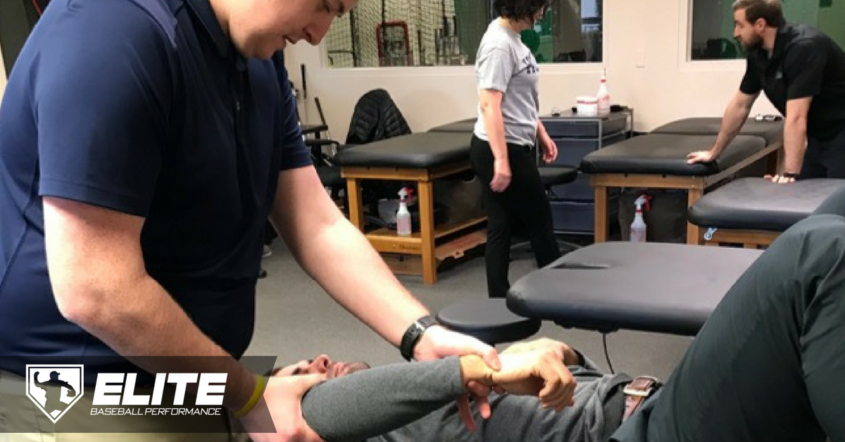





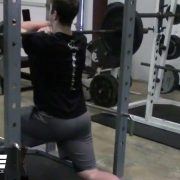
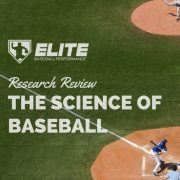
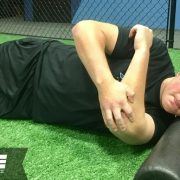
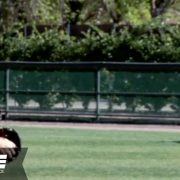


Leave a Reply
Want to join the discussion?Feel free to contribute!